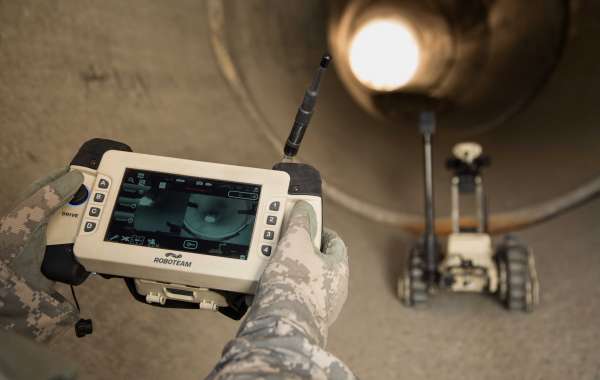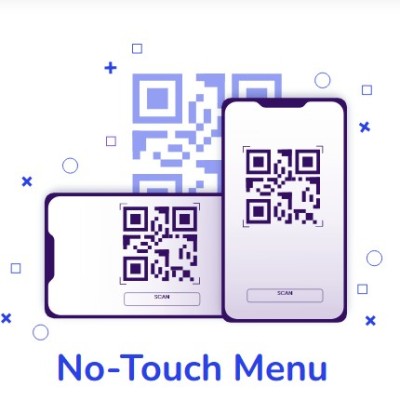In the realm of construction and infrastructure development, one of the biggest challenges faced by professionals is ensuring the integrity of existing underground utilities. Excavations can be treacherous and costly if unexpected utility lines are damaged. However, thanks to technological advancements, the process of utility locating has become significantly more efficient and accurate. Ground Penetrating Radar (GPR) has emerged as a groundbreaking solution in this domain, allowing professionals to see what lies beneath the surface without excavation. We will delve into the world of GPR Utility Locating, exploring its capabilities, benefits, and potential applications.
Understanding GPR Utility Locating:
Ground Penetrating Radar is a non-destructive geophysical technique that uses electromagnetic waves to map subsurface structures and identify the presence of underground utilities. It operates on the principle of sending high-frequency radio waves into the ground and measuring the reflections to create a detailed image of the subsurface. This imaging technology provides valuable information about the location, depth, and composition of various underground objects, including utility lines, pipes, cables, and even voids or anomalies.
Benefits of GPR Utility Locating:
- Increased Safety
Excavation work carries inherent risks, particularly when it comes to striking underground utilities. Accidentally damaging power lines, gas pipes, or water mains can lead to severe injuries, disruption of services, and substantial financial liabilities. GPR utility locating mitigates these risks by offering a non-destructive method to accurately map the utilities before any excavation takes place. By identifying potential hazards in advance, professionals can plan their work accordingly, ensuring the safety of workers and preventing accidents.
- Time and Cost Efficiency
Traditional methods of utility locating often involved a great deal of trial and error. Excavation would begin, and if utilities were encountered, the work would have to be halted while experts were called in to identify and mark the utilities. This back-and-forth process could be time-consuming, causing delays and increasing project costs. Utility GPR locating streamlines this process by providing real-time, on-site data about subsurface utilities. This allows construction crews to plan their work more efficiently, reducing project timelines and minimizing expenses associated with delays and utility repairs.
- Accuracy and Reliability
One of the key advantages of GPR utility locating is its ability to provide highly accurate and reliable data. The technology allows for precise mapping of underground utilities, enabling professionals to know the exact location, depth, and even the size of buried infrastructure. By eliminating guesswork and relying on empirical evidence, construction crews can make informed decisions regarding excavation methods, machinery usage, and overall project planning. This accuracy helps prevent accidental utility damage and ensures the successful completion of projects with minimal disruptions.
Applications of GPR Utility Locating:
- Construction and Infrastructure Development
GPR utility locating has become an indispensable tool in the field of construction and infrastructure development. Whether it's erecting a new building, laying foundations, or constructing roads and bridges, accurate knowledge of underground utilities is crucial. GPR technology allows engineers and contractors to identify and map utilities, including water lines, sewage systems, electrical cables, and telecommunication networks. This information ensures that Vacuum Excavation Services are carried out safely and that the integrity of existing utilities is preserved.
- Urban Planning and Land Development
Before embarking on urban planning or land development projects, it is essential to understand the existing underground infrastructure. Utility GPR locating aids in this process by providing a comprehensive understanding of the subsurface environment. By precisely identifying utility lines, city planners can design new infrastructure and development projects more effectively. This helps prevent conflicts between new and existing utilities, resulting in more efficient land use, reduced construction costs, and improved urban environments.
- Environmental Site Assessment
In environmental site assessments, it is critical to evaluate potential environmental hazards, including underground storage tanks, contaminated soil, or buried hazardous materials. GPR utility locating assists in identifying and mapping these hazards, enabling environmental professionals to assess the risks accurately. By pinpointing the location and extent of potential contaminants, remediation efforts can be targeted more precisely, resulting in cost savings and reduced environmental impact.
Future Developments and Challenges:
While GPR utility locating has revolutionized the way we approach subsurface mapping, there are still ongoing efforts to further enhance its capabilities. Researchers and technology developers are working towards increasing the resolution and depth penetration of GPR systems, as well as improving data interpretation algorithms. These advancements will provide even more accurate and detailed information, enabling professionals to make better-informed decisions during construction and development projects.
However, challenges remain, particularly when it comes to accurately distinguishing between different types of utilities and materials underground. The presence of complex utility networks and variations in soil conditions can sometimes make interpretation challenging. Continued research and collaboration between industry professionals, geophysicists, and software developers are crucial to addressing these challenges and unlocking the full potential of GPR utility locating.
Conclusion:
Ground Penetrating Radar utility locating has revolutionized the construction and infrastructure development industries by providing accurate, efficient, and non-destructive subsurface mapping. Its benefits, such as increased safety, time and cost efficiency, and high accuracy, have made it an indispensable tool for professionals. With its diverse applications in construction, urban planning, and environmental assessments, GPR technology has reshaped how we approach projects, resulting in safer, more efficient, and environmentally conscious practices. As advancements continue and challenges are overcome, GPR utility locating will continue to play a vital role in revealing the hidden beneath our feet, empowering us to build a better and more sustainable future.










